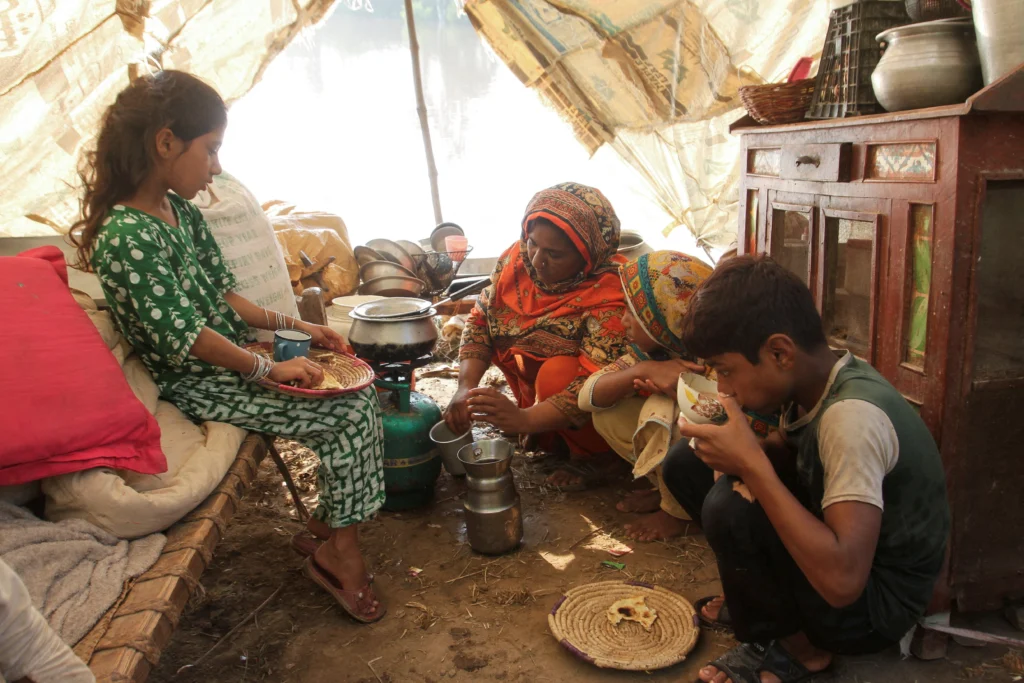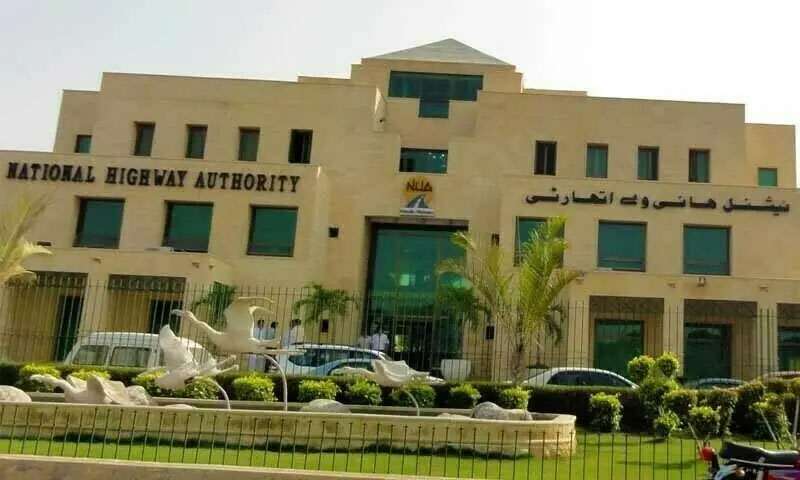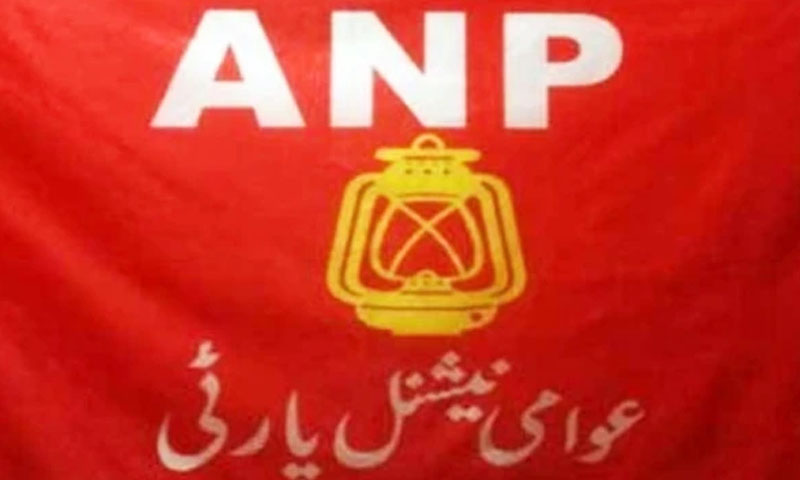- Web Desk
- Today
PDMA reports progress in flood-hit districts
-

- Web Desk
- Sep 06, 2025

WEB DESK: Director General of the Punjab Disaster Management Authority (PDMA), Irfan Ali Kathia, on Saturday briefed the media on the ongoing flood situation, assuring that relief operations were in full swing across the affected areas.
He said river flows were being closely monitored to prevent any untoward incident, while drainage efforts were actively underway in Gujarat, one of the worst-hit districts. The official explained that heavy rains had caused breaches in the city’s main drains, leading to urban flooding. However, machinery had been dispatched and funds released to accelerate drainage. “We expect conditions in Gujarat to improve within the next 12 to 18 hours,” Kathia said.
Punjab Chief Minister Maryam Nawaz also visited Gujarat to review the situation firsthand, he added.
The DG PDMA noted that rainfall in northern India had subsided, which had led to a gradual decline in water levels in Pakistani rivers, particularly the Ravi and Sutlej. At Ganda Singh and Head Islam, water levels were also receding, while at Jassar, the inflow had been recorded at 71,000 cusecs.

Kathia said no flood alerts had been received in the past 20 hours, and conditions in Multan were improving. “Gujarat and Sialkot remain among the most affected districts, but overall, the situation is moving towards gradual stability,” he remarked.
India only partially shared flood data with Pakistan, says FO
He further cautioned that light to moderate rainfall was expected until September 9, but described the new system as less damaging compared to earlier spells. “In the coming days, water levels will continue to decline,” he assured, stressing that the PDMA teams were committed to ensuring timely drainage and relief for affected communities.
Prices of vegetables, poultry flour surge nationwide
Widespread flooding in Punjab has disrupted supply chains, driving up the prices of vegetables, poultry, and flour across Pakistan. In Lahore, tomatoes are selling for Rs300–400 per kg, peas at Rs400, and ladyfinger up to Rs250. Ginger and garlic have reached Rs500 and Rs400 per kg respectively, while chicken meat is priced at Rs640 per kg and eggs at Rs300 per dozen.
Flour prices have spiked nationwide, with a 20-kg bag climbing by Rs410 in a month to Rs1,810. In Sindh’s Sanghar district, flour is selling at Rs125 per kg, while wheat prices jumped by Rs700 per maund. Authorities have begun crackdowns on hoarding and imposed a temporary ban on wheat use in feed mills.
The impact is widespread: in Islamabad, tomatoes have vanished from cheap markets, while Karachi has seen vegetable prices rise up to 30% as its supply chain from Punjab remains crippled.




